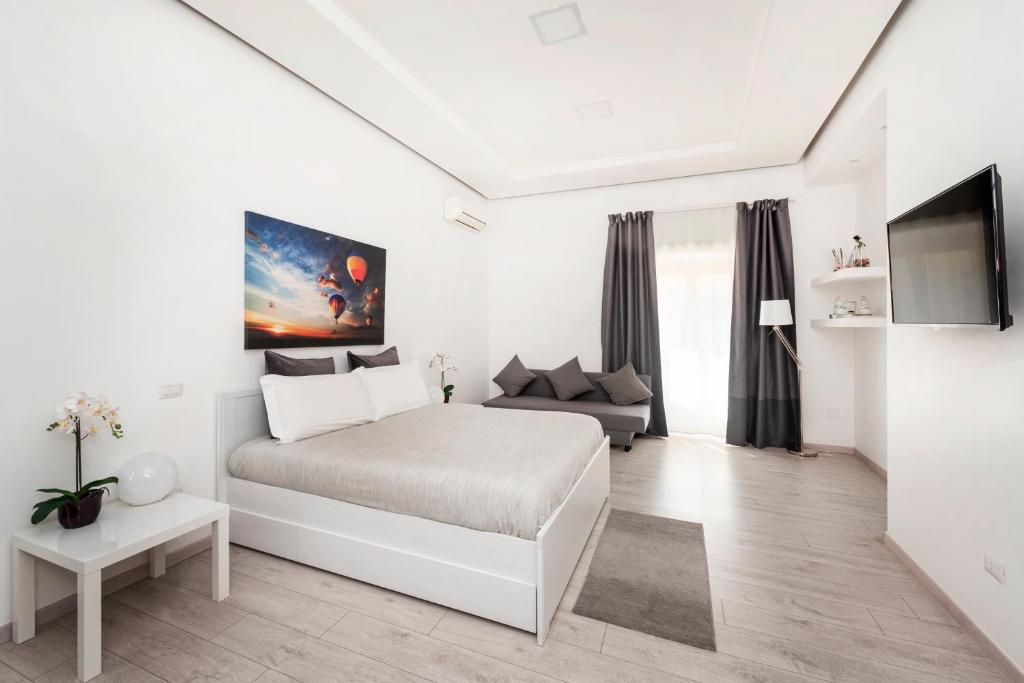
Is Rome Expensive?
Daily Budget Breakdown for Rome
Accommodation Costs in Rome
- Accommodation is typically your largest single expense in Rome, but prices vary dramatically by neighborhood and season.
Budget Options (€20-60/night): Hostels in Termini area offer dorm beds from €20-
- Private hostel rooms run €50-70. Budget hotels and guesthouses in outer neighborhoods like San Lorenzo or Pigneto cost €40-60 for a double room. These areas are well-connected by metro but require 20-30 minutes to reach major attractions. Mid-Range Hotels (€80-150/night): Three-star hotels in central locations like Monti, Trastevere, or near Piazza Navona. Expect clean, comfortable rooms with air conditioning, private bathrooms, and breakfast included. Airbnb apartments in these neighborhoods fall into the same price range and offer more space plus kitchen facilities. Luxury Accommodations (€200+/night): Four and five-star hotels near Spanish Steps, Villa Borghese, or with Colosseum views. Historic hotels like those on Via Veneto offer old-world elegance, while boutique properties in Tridente provide contemporary luxury. Expect concierge services, rooftop terraces, and central locations. Money-Saving Tips: Book 3-4 months in advance for best rates. Visit during shoulder season (March-April, October-November) for 30-40% savings compared to summer. Stay in neighborhoods like Prati, San Giovanni, or Testaccio for better value while maintaining easy metro access to attractions.
Food and Dining Costs
- Food costs in Rome span an enormous range from €3 pizza slices to €200 tasting menus. Understanding the Roman dining culture helps you eat well without overspending.
Budget Eating (€15-25/day): Start with cappuccino and cornetto at a bar (€3-4, always cheaper standing at the counter). Lunch on pizza al taglio (€5-7 for a generous slice) or a panino from a alimentari (€4-6). Dinner at a pizzeria costs €8-12 for a full pizza plus €3 for water or wine. Supplement with fruit from markets and supermarket snacks. Avoid restaurants with picture menus near major attractions - these tourist traps charge double.
Mid-Range Dining (€40-60/day): Morning cappuccino and pastry (€4-5), lunch at a casual trattoria in Testaccio or Trastevere (€15-20 including house wine), afternoon gelato (€3-5), dinner at a good osteria with antipasto, primo, and wine (€25-35). This budget lets you enjoy authentic Roman cuisine like cacio e pepe, carbonara, and saltimbocca at neighborhood favorites.
Fine Dining (€100+/day): Premium breakfast, lunch at a renowned restaurant, aperitivo, and dinner at celebrated establishments or Michelin-starred venues. Rome has numerous one and two Michelin star restaurants offering tasting menus from €120-
- Money-Saving Strategies: Eat your main meal at lunch when many restaurants offer €15-20 fixed-price menus (menu del giorno). Drink house wine (vino della casa) which is usually excellent and costs €8-12 per liter. Shop at neighborhood markets like Campo de' Fiori (mornings only) or Testaccio Market for picnic supplies. Avoid sitting in prime piazza locations where table service adds 30-50% to bills.
Attraction and Activity Costs
Transportation Costs
Seasonal Price Variations
Places to Stay in Rome

Luxury Apartment Piazza Venezia
5⭐ luxury accommodation in Rome



St. Peter Central Rooms B&B
3⭐ affordable accommodation in Rome


Compare rates from Leading Booking Sites
Find Hotels & Stays →



